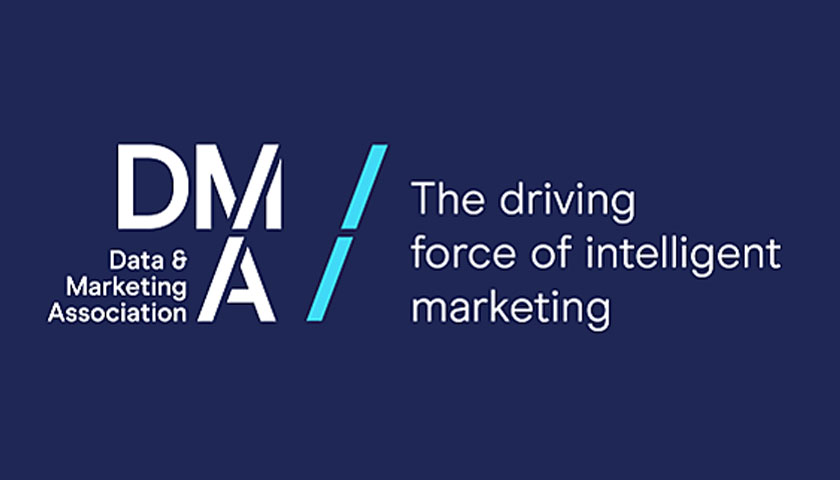The Data & Marketing Association (DMA), in partnership with REaD Group, has launched new research analysing charity marketing campaign effectiveness: the Meaningful Marketing Measurement: Charity Sector Focus report.
By drawing on data from over 135 charity campaigns, and beyond that over 1,000 cross-channel campaigns, the DMA’s Intelligent Marketing Databank provides insight into the effectiveness of charity marketing campaigns, as well as how marketers are measuring their effectiveness.
A key finding is that charity campaign effectiveness has been declining over time, peaking at 3.4 effects per campaign in 2019 and dropping to 2.3 effects by 2021 – falling below the cross-sector average in 2021. Even though charity marketers are highly adept at hitting response-based KPIs, it is actually a decline in response effectiveness that has prompted the overall effectiveness decline in 2021. The average number of response effects halved from 2.6 per campaign in 2020 to 1.3 in 2021.
“Declining response effectiveness in a challenging market, where households budgets are under more pressure than ever, has inevitably played its part with the decline in total campaign effects generated. While other organisations grapple with the appropriateness of purpose-driven marketing, charities have no choice but to consider their purpose. They are tasked with creating deep-rooted emotional connections with consumers while asking them to part with their hard-earned cash, often for little reward other than a good sense of altruism,” said Tim Bond, Director of Insight at the DMA. “Charity CMOs need to be armed with the data-driven insight to inform the role of marketing in building charity brands, while at the same time striving to measure and attribute campaign success more accurately at a time when budgets are under greater scrutiny than ever.”
Total Number of Effects per Campaign

Charity Campaigns Still Above-Average Performers
Despite this large decline in 2021, according to the five-year average (2017-21), a typical charity campaign generates 2.9 effects per campaign – making the sector more proficient at generating marketing-based outcomes than the cross-sector five-year average (2.7 effects). Typically, this is determined by their ability to drive more immediate direct response effects, such as donations and sign-ups, rather than brand effects where they tend to underperform against the average.
This above-average performance from charity brands puts them at fifth place in the overall sector effectiveness rankings: behind the financial, retail, utility and automotive sectors, but ahead of the remaining majority, including public sector.
Average Number of Effects per Campaign (five-year average)

The majority of charity campaigns are short term in duration (54% ran up to three months), and this has changed little throughout the pandemic. While charities are more effective than average at driving a short-term response, typically generating 3.1 effects per short-term campaign vs the cross-sector average of 2.7, it is long-term campaigns that generate the most effects overall (3.4). With only 8% of charity campaigns running in the long term (i.e., for over a year), charities should consider redressing the balance.
A Multi-Channel Approach Matters
Two-thirds of charity campaigns run across multiple channels. Campaigns that employ three or more channels are more effective at generating brand, response and business effects (3.4 effects) than those running with one or two different media (2.7 effects).
“A well-integrated multi-channel campaign must be considered when looking to arrest the decline in charity campaign impact,” added Bond. “In a sector where short-term charitable appeals can be triggered by changing global events, it is vital to understand which channels are best at generating the donations vital for achieving campaign success. If planners are to give more consideration to campaigns with dual brand and response objectives, then TV becomes a vital component of campaign planning.”
Ad mail is the most effective channel at driving immediate response for charities (3 effects).
TV is the best all-rounder for charities. Whilst TV and digital display are also effective channels in driving immediate response, TV also drives an above-average response and above-average brand effects.
“The last few years have been difficult for marketing departments across all sectors with increased regulation, the impact of Covid, and the current cost-of-living crisis. That has been especially true for the charity sector where the challenges presented by GDPR were felt a long time before others after some high-profile investigations,” added Scott Logie, Customer Engagement Director, REaD Group. “Added to that mix are the challenges for fundraisers around understanding and using the increased proliferation of channels, ensuring these are maximised as far as possible and against very tight budgets. As such, knowing where to put a charity’s hard-earned cash to ensure the continued growth of both their supporter base and the vital revenue they generate is not easy.”
Average Number of Response Effects Generated by Charity Campaigns, Including:

Further information can be found on the DMA website:
https://dma.org.uk/research/meaningful-marketing-measurement-charity-sector-focus

